Recently I was able to spend some time with Toronto’s tech community #DevTO where I had the chance to introduce osteopathy and discuss some common discomforts felt while sitting and working at a computer. Long-term postural strains and repetitive motions impact how the body functions both in and out of the office. Here are a few common complaints that arise from long-term sitting and computer work:
- Low back pain and disc problems
- Neck, shoulder, and upper back pain or tension
- Tension headaches
- Muscular spasms
Many of us sit throughout our work week and if this is true for you, there are some easy changes that you can make in order to help you feel better while on the job. Here are some quick tips to keep your body happy!
Keep Things Level
Sit on a level surface. This means remove the wallet from your back pocket and avoid crossing your legs (both at the knee and the ankle). Also, place your screen directly in front of you, to avoid twisting to one side all day.
Stack your body
When sitting and focusing for extended periods of time we tend to slump and our heads drift closer towards the screen that we’re using. To combat this posture, bring your shoulders over your hips, your ears over your shoulders and lift the top of the your head towards the ceiling/sky. You can make this easier on yourself by raising your monitor so that you’re not looking down to view it. In the same spirit, when using a cell-phone/tablet/eReader, lift it to eye level to avoid a “tech-neck” posture.
Take Breaks
Get up and move around every half hour and set an alarm to remind yourself. This is a great time to make tea/coffee, refill your water, stretch or walk around. The muscular contraction that occurs while walking is good for the body’s circulation and helps to move fluids from your lower body that can pool while sitting.
Mix it up
Change your position regularly! Sit, kneel, stand, and walk.
Breathe
When we’re stressed or highly focused, the quality of our breathing can suffer. Check in with your breathing. Are you taking full deep breaths? The respiratory diaphragm is the primary muscle responsible for our breathing. With bigger breaths not only are we encouraging a better supply of oxygen to our body but we’re also helping the movement of fluids within the body. The contraction and relaxation of the respiratory diaphragm creates a pump that promotes circulation of the body’s fluids.
Maintain your body
It’s important to take care of the body – it needs to last a lifetime. Seeing your Osteopathic Manual Practitioner can keep your body functioning optimally, similar to tuning an instrument or regular automobile maintenance. Keeping your body in good mechanical order means fewer injuries and better body resilience when facing life stresses.
Drop by and visit me at the #DevTO meetups in the New Year to hear more on the subject of health in the workplace.
Photo by rawpixel.com | Illustration by Jennifer Herring



